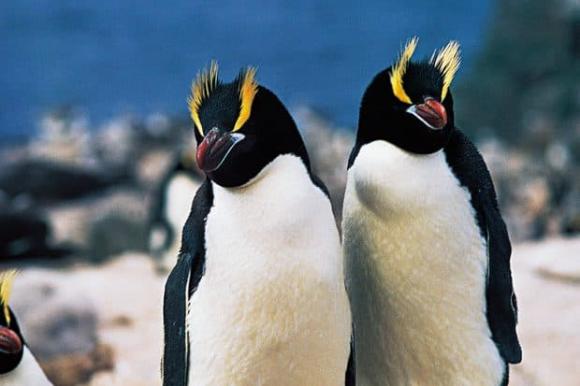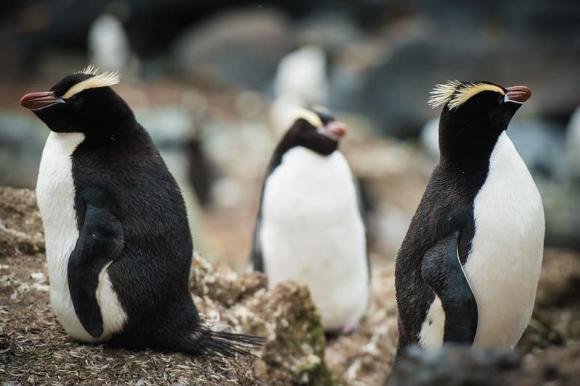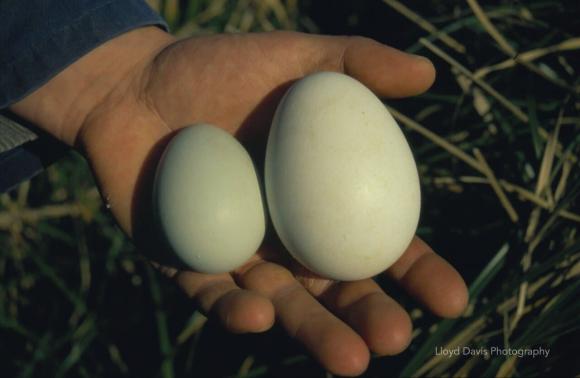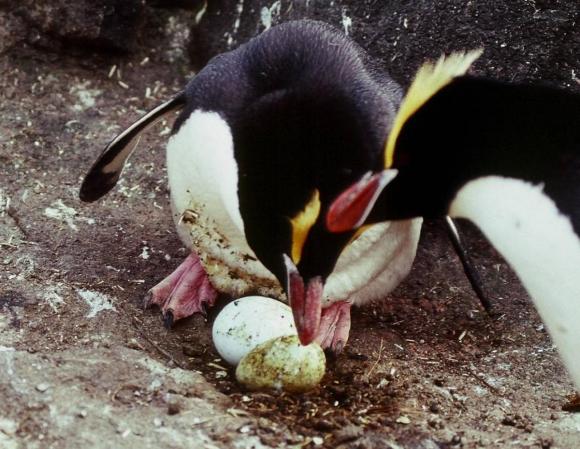Female crested penguins usually lay a small egg and then a larger one about 5 days later. However, scientists believe that only the second egg was raised because it was larger and had a better chance of survival.
The crested penguin is the least studied of the penguins and it lives on two isolated islands in the southeastern part of New Zealand.

For the study, researchers from the University of Otago re-analyzed data collected while observing their highly unusual egg laying and courting habits. They are now calling for targeted conservation of this species, which is more threatened by the effects of climate change.
In new research published in the journal PLOS ONE , researchers note that crested penguins participate in a process known as ‘reproductive reduction’, where it produces more eggs than normal. can feed.

Data on the crested penguins’ unusual reproductive habits were collected in 1998 by scientist Lloyd Davis and two colleagues. This is the latest and most extensive data collected on this bird.
Crested penguins usually lay a second egg about 5 days after laying the first egg. Scientists have found that the first egg always “disappears” before or shortly after the second egg appears, the main reason being that the parent bird intentionally breaks or pushes the egg out of the nest. .

They found that about 45 percent of the penguins did not even bother to incubate the first egg, with steady incubation only after the second egg was laid. Even the scientists tried setting up a “ring of rock” around the 14 nests to prevent the eggs from rolling off the protrusion.
But even that discourages the penguins from nurturing the first eggs they lay. They refuse it, just laying without regard for the fate of this egg.

They also found that the first eggs are usually small in size, probably formed when the mother bird migrated to the island. Meanwhile, a second egg is formed on land and gains a larger size due to better growing conditions. Crested penguins always discard the first egg they lay because they cannot nurture 2 chicks at the same time and the second egg, which is larger in size than the first, has a higher chance of survival. .
The researchers found that the crested penguins’ strange reproductive habits were accompanied by surprising fluctuations in their hormone levels, and called for more research attention from the scientific community. and strengthen conservation efforts for this species.
